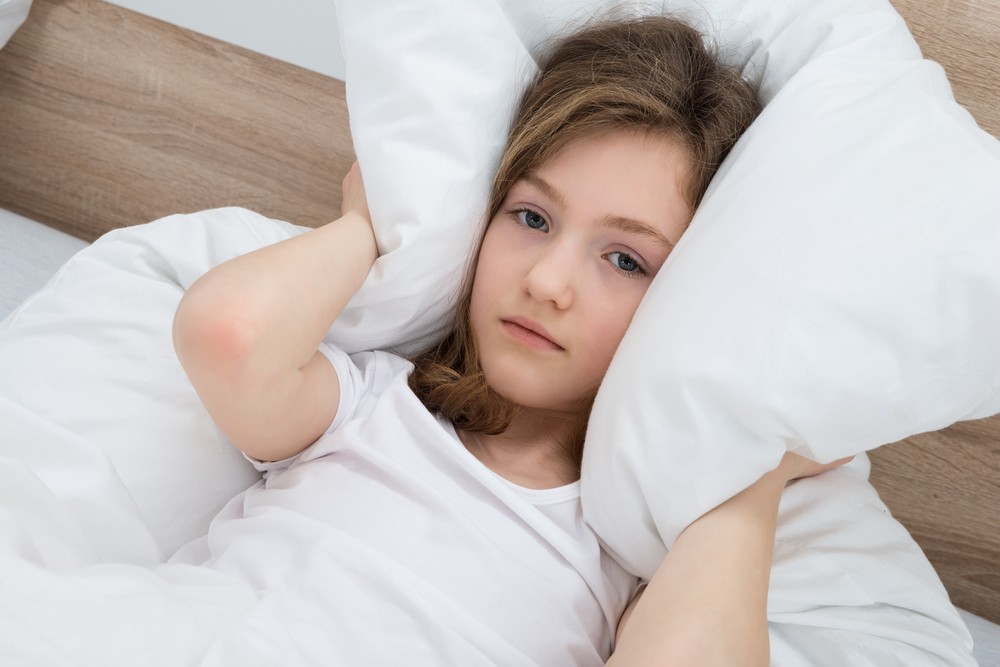DIAGNOSIS
To diagnose ruptured eardrum in children, the doctor will conduct a physical exam. A lighted tool called Otoscope is used to check the child’s ear canal. He or she might then order other tests to check if there are complications such as hearing loss or infections. The tests may consists of:
- Audiology Exams– It measures the ability of the child to hear sounds at different pitches and volumes
- Tympanomety- It measure the response of the eardrum to slight changes in air pressure
- Laboratory tests- A sample of the fluid leaking in the child’s ear might be send for laboratory exam
TREATMENT
Ruptured eardrum in children usually heals on its own without treatment. Over-the-counter drugs may help ease pain while the eardrum is healing. For infection-cause injuries, your doctor may prescribed antibiotics that may come in different forms such as tablet, liquid or drops. In some condition, drops are not recommended to use especially if a child has a hole in the eardrum. It may only add problem in the ear.
Severe cases may require a surgery called tympanoplasty. In this procedure, a small patch of a child’s own tissue is grafted onto the affected eardrum to close the tear.
PREVENTION
To prevent ruptured eardrum in children, consider the following:
- Avoid using hairpins or any other foreign object to clean the child’s ear.
- Bathe your child regularly to keep earwax at normal levels.
- Kids with colds or sinus infections should avoid airplane travel if possible. If not, make sure they can equalize pressure. Example is by swallowing, yawning and chewing a gum during take-off and landing.
- Avoid any risk of having an infection.


